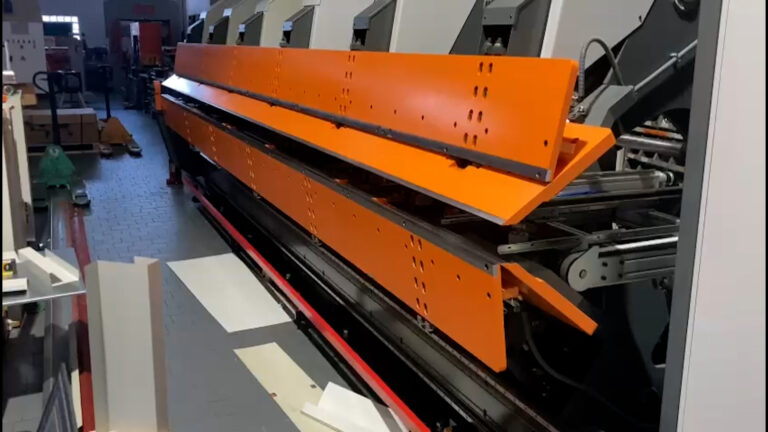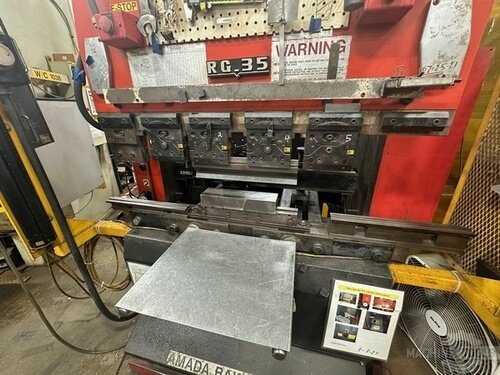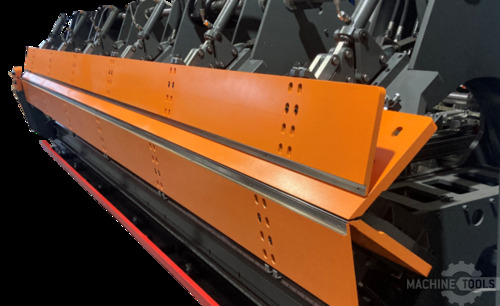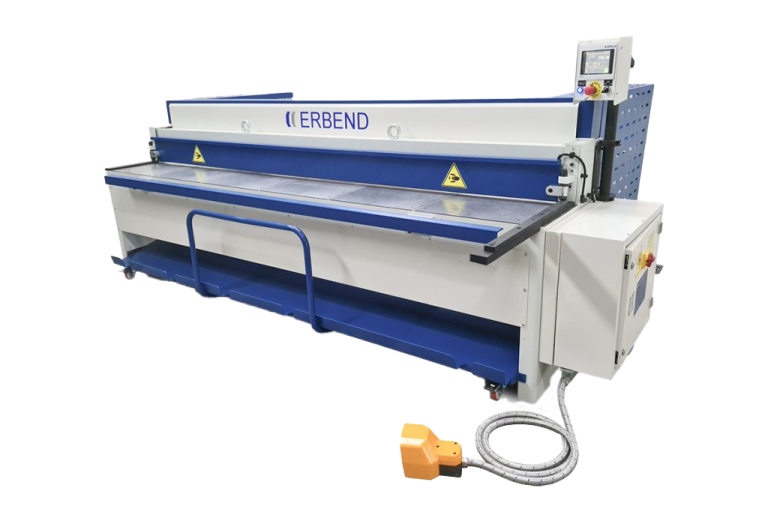From my earliest days working alongside my father in southern Chicago’s steel yards, I learned that every fabrication shop is unique—and so are the challenges it faces. Across decades in the industry, I’ve seen firsthand how the right equipment, properly matched to a shop’s needs, can transform productivity and profitability. Today, as Regional Sales Executive at Mac-Tech, I partner with roofing and fabrication businesses nationwide, helping them navigate the fast-changing landscape of metal forming and production. Whether you’re running a small architectural trim shop or a high-volume coil-fed line, my goal is to help you find the best-fit solution—one that delivers efficiency, accuracy, and long-term value.
Leveraging Decades of Experience: Evaluating Shop Needs for Maximum Efficiency
Every shop faces its own blend of legacy equipment, production bottlenecks, and workforce realities. My first step with any customer is a comprehensive evaluation: What are you making? How much variability is there in your work? What’s your mix between custom jobs and repeat runs? While automation grabs headlines, manual brakes still play a vital role in many modern shops. For operations with frequent one-offs, short runs, or highly variable part geometries, a skilled operator on a well-built manual brake can outpace even the most advanced CNC folder in both speed and flexibility.
Manual Brakes vs. Automation: A Closer Look at Slitting, Forming, and Folding Solutions
Choosing between manual and automated solutions isn’t a binary decision—it’s about matching the right tool to the right job. For example, when slitting coil stock, automated slitters maximize throughput and reduce labor. But when it comes to forming complex or variable profiles, a manual brake offers unmatched hands-on control and rapid setup. In architectural or custom metalwork, the ability to adjust on the fly can save hours of downtime. On the other hand, automated panel benders and servo-driven folders shine in repetitive, high-volume environments, delivering tight tolerances and consistent quality.
Optimizing Coil-Fed Production: Real-World Strategies to Reduce Waste and Downtime
In coil-fed operations, every minute of downtime and every inch of scrap hits the bottom line. I’ve worked with shops to integrate decoilers, slitters, and folders into seamless lines—often combining automation with manual stations for maximum flexibility. For example, pairing an automated slitter with a manual brake allows quick response to rush jobs or design changes without shutting down the main line. Smart investments in material handling, quick-change tooling, and digital controls can further minimize waste and streamline production.
Upgrading Metal Folding Equipment: Key Considerations for Speed and Precision
When it’s time to upgrade folding equipment, speed and precision are paramount. Modern servo-driven folders offer faster cycle times, improved repeatability, and advanced programming for complex bends. However, don’t overlook the benefits of a robust manual brake: for low-volume or prototype work, manual operation can be faster and more cost-effective than programming a CNC. Key factors to consider include bend length, capacity, available floor space, and integration with existing workflow. Our team at Mac-Tech regularly helps customers weigh the trade-offs between hydraulic, electric, and manual solutions, ensuring you get the right balance of throughput and flexibility.
ERMAKSAN POWER-BEND FALCON BENDING MACHING
Tailoring Machine Choices to Your Fabrication Workflow: Practical Guidance for ROI
No two fabrication shops are alike, and neither are their equipment needs. I guide customers through practical ROI analysis, factoring in labor savings, material utilization, maintenance costs, and projected growth. Sometimes the best investment is a hybrid approach—combining manual brakes for unique jobs with automated folders for bread-and-butter parts. We also look at supporting equipment: from downspout roll formers to combi-beam and double folder machines, each tool plays a specific role in the workflow. The real key is aligning machine capabilities with your production mix and growth goals.
Ensuring Long-Term Success: Supporting Customers Through Implementation and Beyond
Upgrading or adding equipment is just the beginning. At Mac-Tech, our support doesn’t end with the sale. I’m personally involved in every step, from delivery and installation to operator training and ongoing service. We help customers fine-tune setups, optimize processes, and adapt as their business evolves. Whether it’s troubleshooting a folding line, sourcing spare parts, or planning for future expansion, our commitment is to your long-term success.
Frequently Asked Questions
When is the right time to upgrade a roll former or folder?
The best time to upgrade is when your current equipment can no longer keep up with demand, is causing excessive downtime, or isn’t meeting required tolerances. I recommend a thorough production audit to identify bottlenecks and compare upgrade costs versus ongoing maintenance and lost productivity.
How do servo-driven folders compare to hydraulic systems?
Servo-driven folders offer faster speeds, quieter operation, and improved energy efficiency. They also provide higher precision and easier programming for complex bends. However, for heavy-gauge materials or very long parts, hydraulic systems may still have an edge in raw power.
What’s the difference between a combi-beam and double folder?
A combi-beam folder combines different tool geometries on a single beam, allowing quick changes between profiles. A double folder, on the other hand, bends both up and down without flipping the part, dramatically increasing throughput on symmetrical parts. The best choice depends on your product mix and desired cycle times.
What are signs a roll forming line is no longer cost-effective?
Frequent breakdowns, excessive scrap, and long changeover times are red flags. If you’re spending more on repairs than you would on financing a new machine, or if your line can’t keep up with current orders, it’s time to consider an upgrade.
How do I maximize ROI when choosing new equipment?
Carefully match machine capabilities to your current and projected workload. Consider labor savings, material efficiency, and support availability. I always advise customers to look at total lifecycle costs, not just upfront price.
Ready to take your shop’s efficiency to the next level? Whether you want a hands-on demo, a detailed equipment walkthrough, or a quote for your next upgrade, I’m here to help. Let’s work together to find the right solution for your unique needs—reach out today!
Get Weekly Mac-Tech News & Updates








